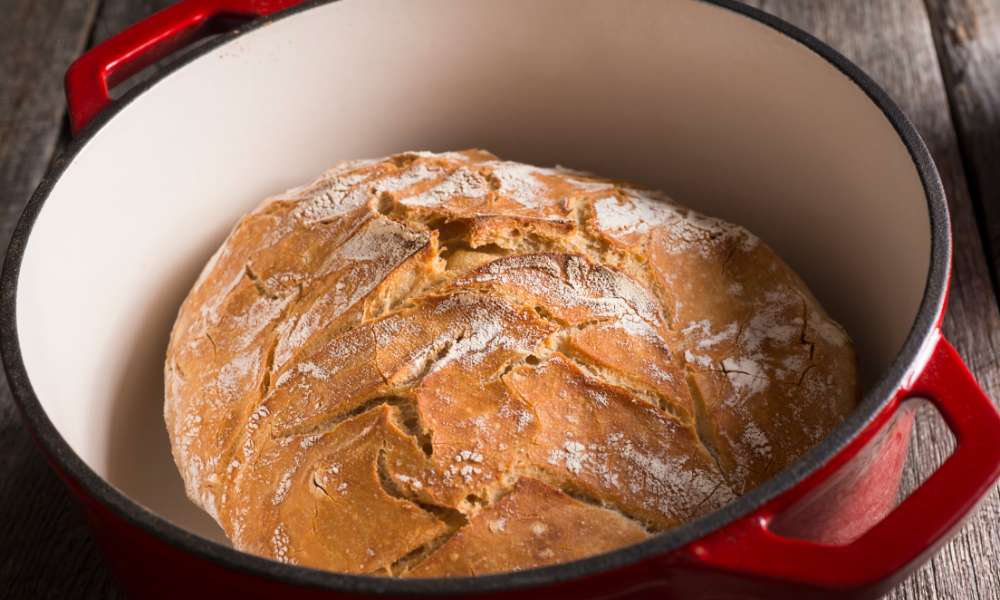If you’re looking to perfect your homemade bread, understanding “Why Preheat Dutch Oven for Bread” is crucial. Preheating your Dutch oven is a pivotal step that can dramatically enhance the quality of your bread, mimicking a professional baking environment right in your kitchen. This method not only improves the texture and crust of your bread but also ensures it cooks evenly and rises beautifully. In this article, we will explore the scientific and practical reasons behind preheating your Dutch oven, providing insights and tips to help you achieve bakery-quality results at home. Join us as we delve into the art of baking with a preheated Dutch oven.
The Role of Heat in Bread Baking
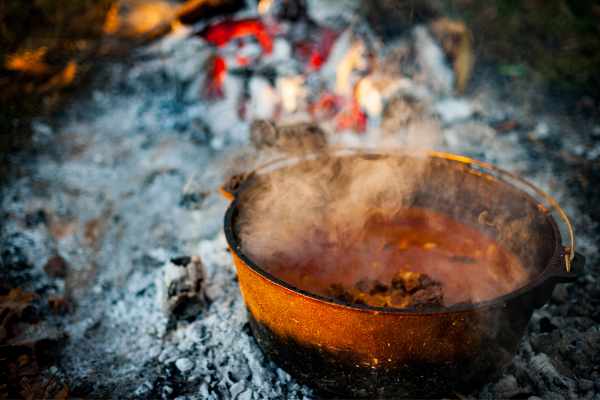
The role of heat in bread baking is fundamental, as it directly influences dough expansion, crust development, and the final texture of the bread. When baking, heat triggers the yeast activity, causing the dough to rise by producing gases. Additionally, it gelatinizes starches in the flour, creating the soft interior texture we love in fresh bread. Adequate and consistent heat, especially in the initial stages of baking, ensures a strong oven spring and a well-developed crust. Understanding how to manage heat can be the difference between a good loaf and a great one, making it a critical factor in successful bread baking.
What Does Preheating Accomplish
Preheating a Dutch oven before baking bread is essential for achieving a perfect bake. This step ensures the oven reaches a high and stable temperature, which is critical for the initial rise of the dough. As the bread enters the intensely hot environment, it undergoes a process called “oven spring,” where the outer crust quickly forms while the inside remains soft and expands. Additionally, the consistent heat helps to develop a thick, crispy crust and a uniformly cooked interior. By simulating the conditions of a professional baker’s oven, preheating your Dutch oven makes it possible to create artisan-quality bread at home.
The Science of Heat Distribution in a Dutch Oven
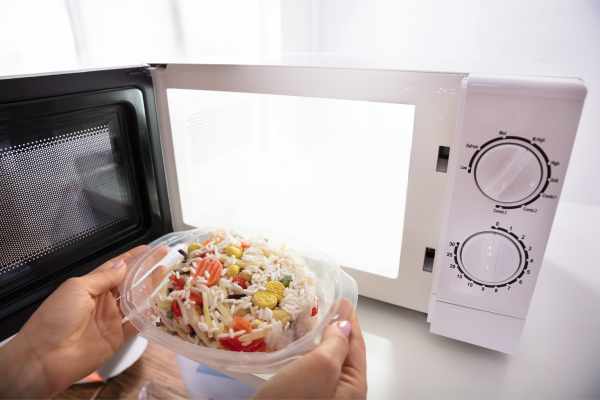
Understanding the science of heat distribution in a Dutch oven is key to mastering the art of baking bread. This robust cooking vessel is designed to distribute heat evenly, thanks to its thick walls and tight-fitting lid. When preheated, the Dutch oven creates an ideal thermal environment, similar to a professional steam oven. This ensures that the dough is exposed to consistent heat from all sides, leading to a perfectly baked loaf with a uniformly golden crust. The enclosed space also traps steam from the dough, which is crucial for developing a crispy exterior while keeping the inside soft and airy.
Effects of Preheating on the Bread’s Crust
Preheating a Dutch oven before baking bread significantly impacts the crust’s development. This technique generates a burst of steam inside the tightly sealed pot, mimicking a professional steam oven. The result is a golden, crispy crust with an artisanal quality, while the interior remains soft and airy. The intense, even heat also ensures a quick rise before the crust forms, which is essential for achieving the characteristic texture of well-baked loaves. By emulating a baker’s oven, preheating helps in caramelizing the crust’s sugars, enhancing the flavor and color that are hallmarks of a perfect bread crust.
Improving Bread Texture Through Preheating
Preheating a Dutch oven before baking bread is essential for achieving the perfect texture. This technique ensures that the oven’s high heat is thoroughly absorbed by the cast iron, creating an ideal, steamy environment as soon as the dough is introduced. The immediate blast of heat activates the yeast quickly, allowing the bread to rise fully and form a delightful, crispy crust while maintaining a soft, airy interior. This method mirrors professional baking ovens, which use intense heat to bake the bread uniformly, giving it a superior texture that is often hard to replicate in standard home ovens.
The Importance of Consistent Baking Temperatures
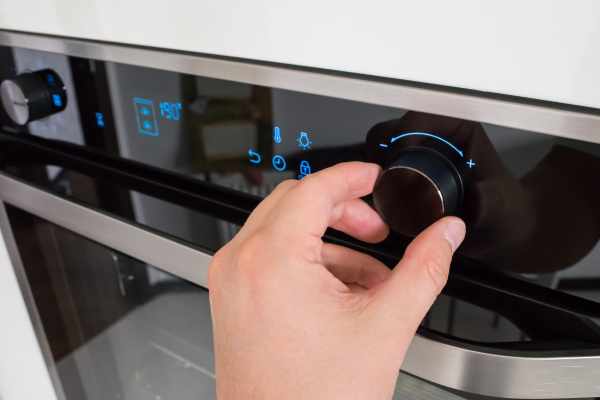
Maintaining consistent baking temperatures is essential for achieving perfect bread each time. A Dutch oven, once preheated, acts like a mini-oven within your oven, creating an ideal, steady heat environment. This consistency helps in activating yeast effectively, allowing the bread to rise optimally before the crust begins to form. It also ensures that the thermal shock, which contributes to the desirable crackling crust, is achieved. Consistent temperatures prevent undercooking or overcooking, which can affect texture, color, and taste. By controlling the heat, you’re more likely to enjoy evenly baked bread with a delightful texture and crust.
Timing Your Preheat: How Long is Enough
Determining the optimal preheating duration for your Dutch oven can significantly influence your bread’s outcome. Generally, heating the oven for about 20 to 30 minutes at the recipe’s designated baking temperature is recommended. This duration ensures that the Dutch oven reaches a uniformly high temperature, crucial for achieving a crisp crust and even bake. However, variations might occur based on your oven’s characteristics and the size and material of your Dutch oven. It’s important to adjust the timing based on these factors to master the art of baking perfect bread every time, turning your kitchen into a professional baker’s haven.
Preheated vs. Non-Preheated Dutch Oven
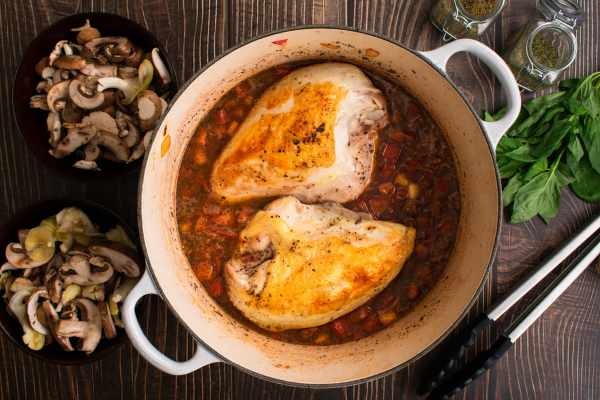
When comparing a preheated versus a non-preheated Dutch oven for baking bread, the differences in outcome are significant. Preheating the Dutch oven ensures that the dough begins cooking immediately upon placement, which is essential for achieving a robust and crispy crust. This initial high heat helps the bread to expand rapidly, creating a light and airy interior. On the other hand, placing dough in a cold Dutch oven often results in a denser texture and a crust that may not develop as thoroughly. For those striving for professional-quality bread at home, preheating the Dutch oven is a simple yet effective step that cannot be overlooked.
Tips for Safely Preheating Your Dutch Oven
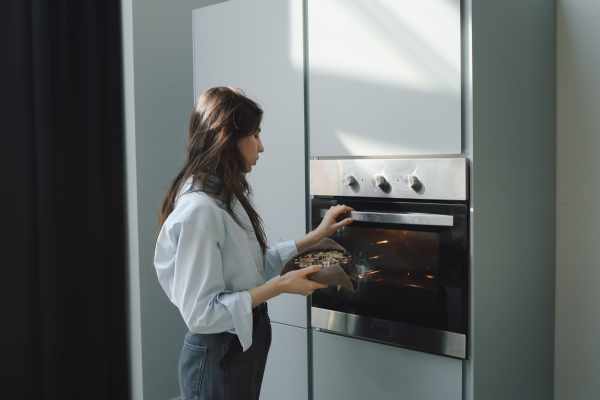
To safely preheat your Dutch oven for bread baking, start by placing it in a cold oven before turning on the heat. This gradual increase in temperature prevents thermal shock and potential damage to the oven. Always use oven mitts when handling the hot Dutch oven to avoid burns. Additionally, setting a timer can help you remember when it’s time to start baking, ensuring the oven reaches the ideal temperature without overheating. By following these precautions, you can maximize the lifespan of your Dutch oven and ensure consistent, delicious results in your bread baking endeavors.
Common Mistakes to Avoid When Preheating
When Preheat dutch Oven for Bread, several common mistakes can hinder the baking process. One key error is not allowing the oven to reach the required temperature, which can result in uneven baking and a lackluster crust. Additionally, placing the dough in too soon, before the Dutch oven is adequately heated, may cause the bread to stick or not form the desired airy texture. It’s also crucial to handle the hot Dutch oven safely to avoid burns. Ensuring that you follow these guidelines will help perfect your bread’s texture and appearance, making every baking session successful.
Conclusion
The practice of preheating your Dutch oven before baking bread is a simple yet transformative step that should not be overlooked. Understanding “Why Preheat Dutch Oven for Bread” unlocks the door to achieving a golden, crispy crust and beautifully textured loaf, similar to those found in artisan bakeries. This technique ensures optimal heat distribution and moisture retention, crucial elements for perfect bread baking. By incorporating this method into your baking routine, you enhance not only the quality of your bread but also the satisfaction of your baking experience. Happy baking, and may your loaves always rise to the occasion!

